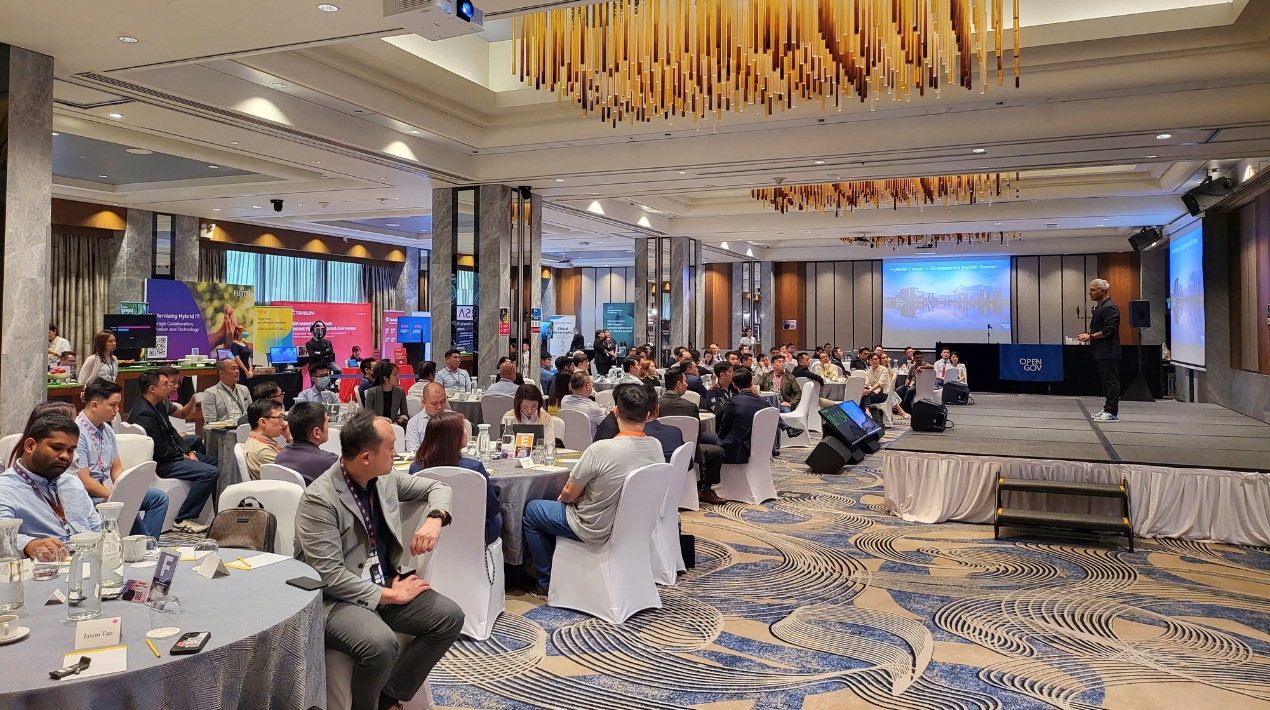
Authored by Professor Ralf W. Seifert with Richard Markoff*
A recent survey by IMD
business school asked supply chain leaders across Europe to select
from a diverse list of 20 hot topics what would be their biggest supply chain
drivers in 2020. They were also asked to rank their company’s readiness to
exploit these drivers.
The top five supply chain drivers for which the
implementation gap was the largest touched on Big Data, Digitalization,
Internet of Things and Artificial Intelligence, all pillars of Industry 4.0
along with automation, 3D printing and other digital innovations. These are
exciting new technologies, but the survey shows that the current reality of
supply chains is that, notable exceptions aside, the majority of companies are
still not ready to use them.
This is the true challenge of Industry 4.0: even as
technological advances continue apace and early adopters reap the benefits of
those technologies that fit their business context, executives at most
companies are bewildered by the array of technologies and capabilities already
available and do not always see an obvious entry point. Even after they have
selected an innovation avenue, the business case is not easy to establish. And
for those companies that do select an Industry 4.0 innovation justify the
economic case and get to implementation, there are still unique barriers to
change that must be overcome. Taken together, this is a three-part problem that
companies looking to innovate through Industry 4.0 need to solve: How will
companies build paths to (1) select, (2) justify and (3) leverage the
functionalities available to them? Each of the challenges is worth a closer
look.
1) Finding the right industry 4.0 fit
It isn’t always clear for supply chain leaders which
Industry 4.0 innovation initiatives to adopt. Industry 4.0 offers a host of
exciting technologies, with a rich landscape of options and vendors attractive
to senior management, but with high complexity risks for those closer to
operations, who see a dizzying array of vendors and options. Adding to the
puzzle, there are ‘internal’ and ‘external’ business
drivers that might dictate which innovations have the greatest potential
benefit and warrant prioritization.
The external market forces that pull supply chains towards
Industry 4.0 solutions could be linked to mass customization, agility in the
face of ever more variable demand, using Big Data to understand and predict
consumer behaviour, and cloud collaboration networks with suppliers and
customers.
There are prominent examples that show the potential of
Industry 4.0. One is the use of 3D printing to
produce customised hearing aids within hours, leading the way to wider use
of 3D printing in medical devices such as titanium
knees or spinal prosthetics. The potential is high enough that the FDA just
released guidance that establishes the path to regulatory
approval for 3D printed medical devices. FMCG companies are now using
predictive analytics fed by big data to understand how consumers may react to
new product launches in order to better
size demand plans.
These are exciting opportunities that extend beyond supply
chain and must be part of an overall definition of business strategy led by the
CEO, wherein supply chain is one of many important actors in the conversation
but that Industry 4.0 helps make possible. For example, investing in
cloud-based order management tools that make it possible to leverage stores,
warehouses and even third-party stocks to optimally fulfil ecommerce orders is
a task for supply chains to solve. Even decisions on the configuration of the
physical network are now dependent on the ecommerce order fulfilment strategy.
However, the decision to use stores to fulfil ecommerce orders, either with
stock or via click-and-collect, is clearly part of an overall business
strategy. The business strategy must position the priorities of ecommerce,
store traffic and order lead time, and weigh staff training and complexity.
Supply chains have a voice in the discussion to be sure, and the discussion must
be had before rushing to implementation.
Going further upstream, deploying automation to increase the
agility of line changeovers makes more sense if the business strategy is to
have a larger product portfolio with smaller volumes and more promotional activity.
The industrial strategy is a function of the business strategy, not the other
way around. For example, Adidas
is innovating in the shoe market by deploying 3D printing to support a
strategy of offering customised insoles and limited edition models. Their
competitor Nike has announced an automation program that is
remaking their geographical production footprint and bringing
increased agility to their supply chain.
In terms of internal business drivers, automation,
transparent S&OP planning suites, connected production sensors, predictive
maintenance and shop floor augmented reality can have immediate benefits for
safety, quality and efficiency. These solutions are interesting because of
internal performance ambitions, rather than external market influences, and they
are more independent of the overall business strategy.
They may seem to lie purely within the domain of supply
chain and operations, but in fact are often multidisciplinary. Even something
like demand sensing, using Big Data and predictive analytics to ‘sense’
short-term trends in consumer demand, is best done with the collaboration of
commercial and category management teams. Without their support, accessing,
understanding and leveraging the data will be difficult for the supply chain to
achieve.
Once the challenge of identifying and prioritising the most
compelling possibilities of Industry 4.0 has been addressed, the next step is
justifying the economic business case.
2) Calculating a business case
Adopting an Industry 4.0 technology, be it in response to
internal or external business drivers, requires a uniquely challenging economic
justification, since it goes beyond straightforward return on investment
scenarios.
This is partly because many Industry 4.0 technologies have
not yet been widely deployed, and there may be reluctance to be the first
adopter. New technology solutions are often met with skepticism, which can
raise the bar for the return on investment as there are few demonstrable
business cases available for comparison. When the proposed technology is truly
cutting-edge, the risks of failure are higher and the economic case is held up
to greater scrutiny. Not every company has leaders ready to champion and
sponsor innovation in the face of uncertain or less tangible outcomes.
One FMCG company we spoke to was an early adopter of AGVs –
automated guided vehicles that replace driver-piloted forklifts. The pilot
project showed a best-case payback of five years – just long enough for the
project to be halted in its tracks for lack of a compelling return. However,
the head of operations pushed forward, seeing the less tangible but critical
value that investing in AGVs would represent. This would send a clear message
that the company placed importance on safety, cleanliness and innovation. Today
AGVs are widely deployed worldwide and their contribution is not questioned.
How many companies have similarly visionary leaders ready to take risks on
Industry 4.0? Indeed, most of the Industry 4.0 success stories we have
encountered reached implementation through management’s conviction that their
company had to be an innovation leader rather than an ironclad economic
justification.
When Industry 4.0 solutions are due to external forces, this
adds a layer of complexity. Supply chain managers are more used to justifying
investments that provide efficiency or are required to meet a stated, projected
demand. When the investments are part of a shift in business strategy, both the
top and bottom lines in the economic model are moving, clouding the question
even further. This is an opportunity for supply chain managers. They may now
have a voice in shaping business strategy, rather than being uniquely a
function of it.
An essential element to consider is scalability. A business
case is more compelling when it is possible to pilot a new technology in a
small, controlled environment before scaling up company-wide. Where possible,
this can limit the size of the investment, but might discourage innovations
that require high upfront fixed costs regardless of scale, such as a collaboration
platform.
3) Overcoming barriers to implementation
Any technology deployment will inevitably encounter barriers
to implementation. There are the usual hurdles of employee engagement,
skepticism and fear of being unable to adapt that cannot be ignored. But
Industry 4.0 entails other dimensions of implementation challenges.
The potential lack of a clear business case might undermine
the motivation of key implementation actors, especially if the transverse
nature of the transformation undermines their economic incentives (our research
on this will be published in a forthcoming article in The European Business
Review). For example, factory managers purely motivated around cost and
efficiency may resist Industry 4.0 initiatives that promote connectivity,
transparency and agility.
With so many companies looking to implement their Industry
4.0 strategy, finding qualified talent is becoming a problem. Similarly, the
skill levels of current employees might not be adequate, raising the required
training effort.
From a technology perspective, increased connectivity and
cloud projects mean that issues like cybersecurity and data ownership must be
addressed. Business continuity plans may no longer be suitable with the
emergence of new risk points and overall system threats.
What’s next?
Industry 4.0 advocates would do well to focus not only on
the technology but also on the managerial implications. The technology is
exciting and will undoubtedly change operations in the years to come. But for
companies that are looking to participate in and benefit from Industry 4.0 must
prioritise projects that are consistent with an external business strategy,
identify what the true benefits are, and understand how ready they are to make
the change happen.
*Ralf Seifert is Professor of
Operations Management at IMD. He directs IMD’s Digital Supply Chain Management program,
which addresses both traditional supply chain strategy and implementation
issues as well as digitalization trends and new technologies.
Richard Markoff is a supply chain researcher, consultant, coach and lecturer. He has worked in supply chain for L’Oréal for 22 years, in Canada, the US and France, spanning the entire value chain from manufacturing to customer collaboration.
Article originally published at https://www.imd.org/publications/articles/three-key-questions-you-will-not-escape-for-industry-4.0/.





















